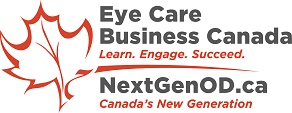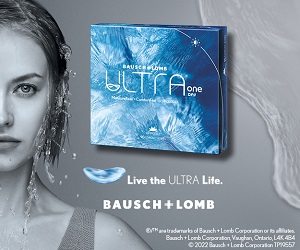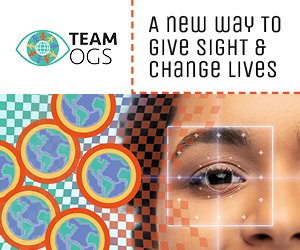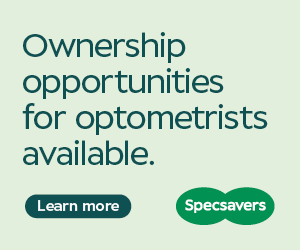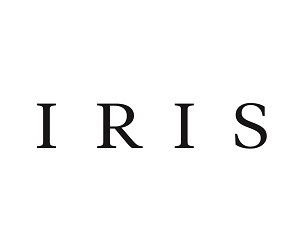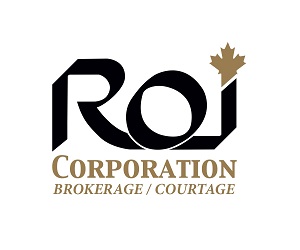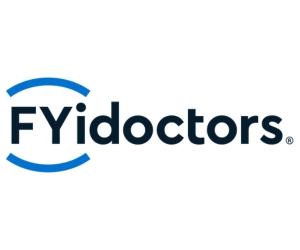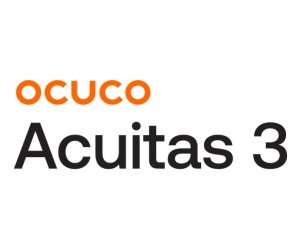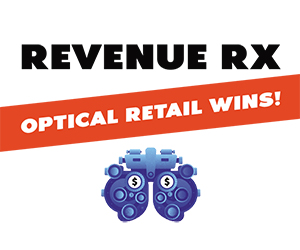
I’m going to say the quiet part out loud: “selling” happens when knowledge is missing. When we don’t truly understand the patient, the product, or the problem, we reach for superlatives—best, amazing, beautiful—and slide into a transactional script. This episode is about replacing that script with a consultative optician approach that drives revenue through education, trust, and clarity, no pressure required.
I’m not anti-commerce; I’m anti-confusion. Words matter. Labels shape behavior. If the team is called “sales,” the room becomes a sales floor, the interaction becomes a pitch, and success is counted as “How many sales did we get?” Instead, I challenge you to relabel the work to reflect what opticians are trained and ethically bound to do: understand needs, educate, fit, and guide. “Patient Care Coordinator.” “Vision Solutions Specialist.” “Your job is to drive revenue by delivering tailored vision solutions and completing the patient’s vision journey.” Change the words, and you change the mindset—and the outcome.
Here’s the pivot. Stop asking, “Did you get a sale?” Start asking, “Whose vision problems did we solve today?” Shift “We need more add-ons” to “We discover second-pair needs through better questions.” You don’t sell multi-pairs—you uncover lifestyle requirements (office, outdoors, sport, digital). When language honors expertise and service, the experience feels collaborative rather than coercive.
Look at the professional standard: definitions of an optician emphasize education, measurement, fitting, and patient outcomes—not selling. When we drift from that foundation, we default to convincing and persuading. When we return to it, conversation replaces pitch, and informed decisions replace pressure. Patients don’t buy from stores; they buy from people they trust. And trust lives in the presence of knowledge.
So how do you operationalize this?
- Lead with discovery. “What brings you in today? What isn’t working with your current pair?” Listen for pain points (weight, slippage, glare, task distance). Write them down; repeat them back. Discovery earns permission to recommend.
- Translate features into lived benefits. “This material is lighter, so your bridge will feel easier after eight hours. This coating reduces end-of-day eye strain under LED lighting.” Benefits beat buzzwords—every time.
- Guide, don’t push. Offer two or three strong options, then step back. “Try these; tell me how they feel. If you like one, we’ll check how it fits your prescription and lifestyle.”
- Name trade-offs honestly. “Progressives take an adaptation period. If that feels tough the first week, we’ll adjust your fit and walk you through it.” Transparency builds credibility.
- Empower the decision. “Between these two, which felt more stable on your nose? We can keep it versatile for work and dress it up with sun as a second step.” Ownership reduces regret.
- Keep the long game. If today isn’t the day, protect the relationship. Offer cleaning, adjustments, and a note with exact frame/lens details for future reference. Trust compounds.
And when you feel yourself slipping into “sales mode,” notice it and reset. Sales mode sounds like pushing benefits, chasing a close, and talking more than listening. Communication mode sounds like questions, reflection, and options framed around the patient’s words. In communication mode, pressure drops for everyone, and conversion rises—because the recommendation fits.
Language also reframes promotion. “SALE” in giant letters signals commodity and triggers skepticism. Try value-forward language that aligns with care: “Limited-Time Opportunity,” “Bundled Savings,” “Price Break,” or “Seasonal Promotion.” The point isn’t to hide price—it’s to anchor the message in benefit and fit, not hype.
If you’re an owner or manager, equip this mindset with structure:
- Define roles around care and outcomes, not quotas. Share margin targets and teach cost of goods so the team understands why pricing guardrails exist.
- Train consultative skills: discovery questions, objection framing (“price vs. value”), and clear hand-offs from exam room to dispensary (“Here’s what we found; here’s what will solve it”).
- Measure what matters: conversions, multi-pair discovery rates, adaptation success, on-time follow-ups, and five-star reviews that mention education and comfort, not just “deal.”
Here’s the truth at the center of this episode: knowledge creates trust, and trust creates conversion. When your team knows the products, understands the patient, and communicates like advisors, the purchase becomes the natural conclusion—not the goal. If you ask people to “sell,” they’ll act like salespeople. If you ask them to serve, they’ll act like professionals—and revenue follows.
🎧 Call to Action
If this resonates, listen to the full episode of Revenue RX for the exact prompts, phrases, and chair-side flows you can adopt with your team this week. Share it in your next huddle, practice the discovery questions, and watch how the conversation—and your conversions—change.

Joseph Mireault
Joseph Mireault, Optical Entrepreneur, Business Coach, and Published Author.
Joseph was the owner and president at Tru-Valu Optical and EyeWorx for 16 years. During his tenure, he consistently generated a sustainable $500K in annual gross revenue from the dispensary.
He now focuses on the Optical industry, and as a serial entrepreneur brings extensive experience from a variety of different ventures.
Joseph is also a Certified FocalPoint Business Coach and looks to work directly with ECPs in achieving their goals.
Through his current endeavour, the (Revenue RX, Optical Retail Wins podcast) he shares the challenges and solutions of running an Optical business.
His insights are shared with optical business owners aspiring for greater success in his new book, “An Entrepreneur’s Eye Care Odyssey: The Path to Optical Retail Success.”
